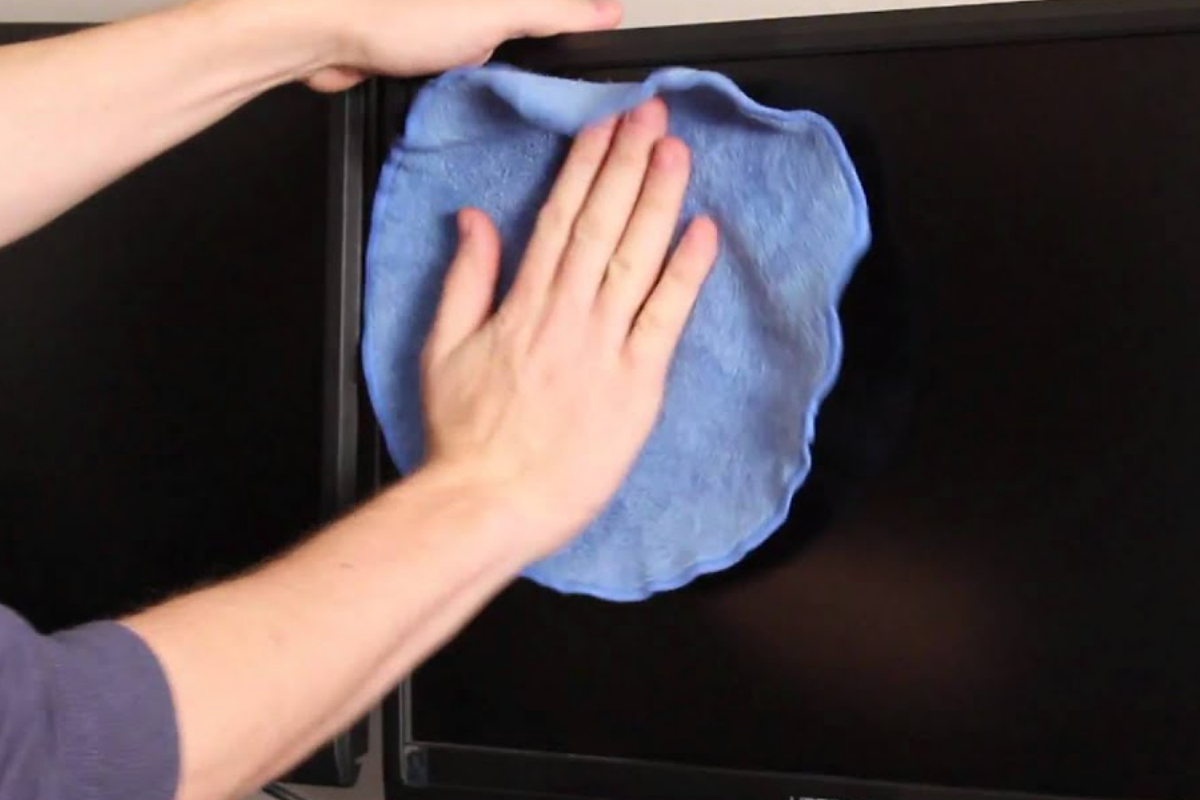- Use a soft microfiber cloth, avoid harmful cleaners.
- Never use isopropyl alcohol on LED/LCD screens.
- Prevent dust with covers, proper positioning, and weekly cleaning.
In an era where technology dominates our daily lives, the cleanliness of our electronic devices, particularly computer and laptop screens, often goes overlooked. However, regularly cleaning your monitor screen is crucial for maintaining its visual clarity and extending its lifespan. Here’s a comprehensive guide on how to properly clean your monitor screen without causing any damage to the hardware.
1. Avoid Harmful Cleaning Products: It’s imperative to steer clear of harmful cleaning products like glass cleaners, household cleaners, and aerosol sprays. These substances can contain chemicals that may damage the delicate surface of your screen.
2. Say No to Isopropyl Alcohol on LED or LCD Screens: Isopropyl alcohol or alcohol wipes should never be used on light-emitting diode (LED) or liquid-crystal display (LCD) screens, as they can cause irreparable damage. Stick to safer alternatives to maintain the integrity of your screen.
3. Opt for a Soft Microfiber Cloth: When cleaning a monitor or laptop screen, always use a soft microfiber cloth. This material is gentle on the screen surface and effectively removes dust, fingerprints, and grime without causing scratches.
4. Wipe Away Surface Dust: Turn off your laptop, unplug power cables, and let it cool down before cleaning. Use a microfiber cloth to gently wipe away surface dust and dirt. For an even safer approach, use compressed air to remove dust without direct contact.
5. Use Cleaning Spray with Caution: To eliminate fingerprints and smudges, use distilled water or a screen cleaner spray. Check the manufacturer’s directions for safety, apply the liquid to a microfiber cloth, and wipe the screen with light pressure. Always follow the manufacturer’s instructions for the best results.
6. Clean Corners and Edges Safely: The corners and edges of a screen can harbor dust and debris. Use a dry microfiber cloth to clean these areas, or if available, use compressed air for a more forceful removal of dust.
7. Allow Screen to Air Dry: After cleaning, allow the screen to air dry for three to five minutes to prevent dust and dirt from transferring back to the surface. Take this time to clean other peripheral devices.
8. Remove Residual Streaks: If residual streaks are left behind, use a dry microfiber cloth to remove them. This ensures optimal visibility and clarity.
9. Preventive Measures for a Clean Screen: Keep your screen clean by using a dust cover when not in use, placing the monitor away from direct airflow or vents, and avoiding direct contact with the screen. Turn away from the screen before sneezing, and establish a weekly cleaning routine for best results.
By following these steps and incorporating preventive measures, you can bid farewell to dust and maintain a crystal-clear monitor screen, enhancing your overall computing experience.
[embedpost slug=”/google-pixel-9-anticipated-release-date-revealed/”]





















